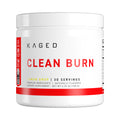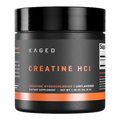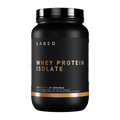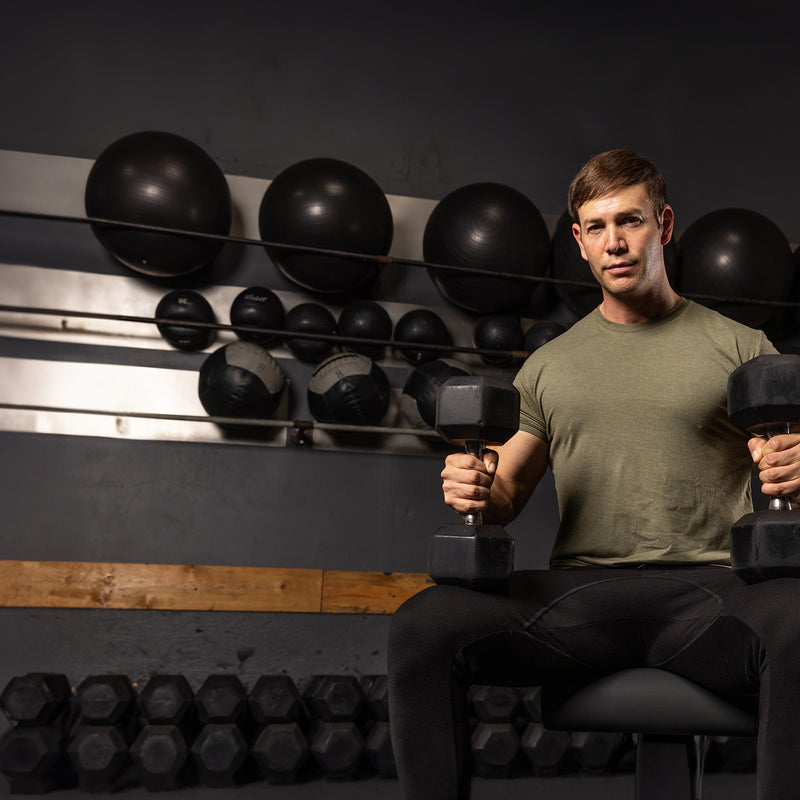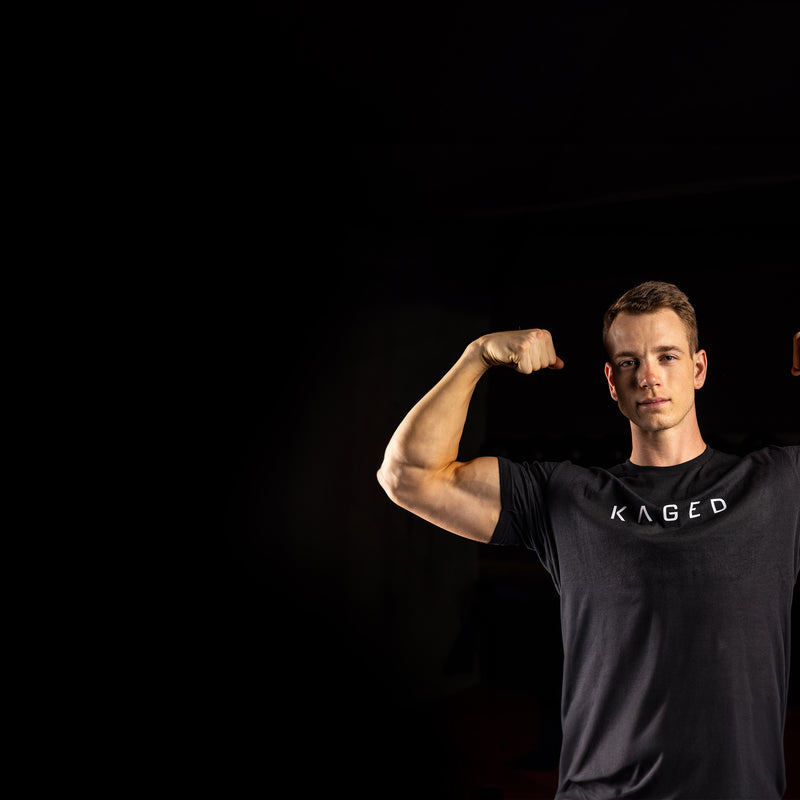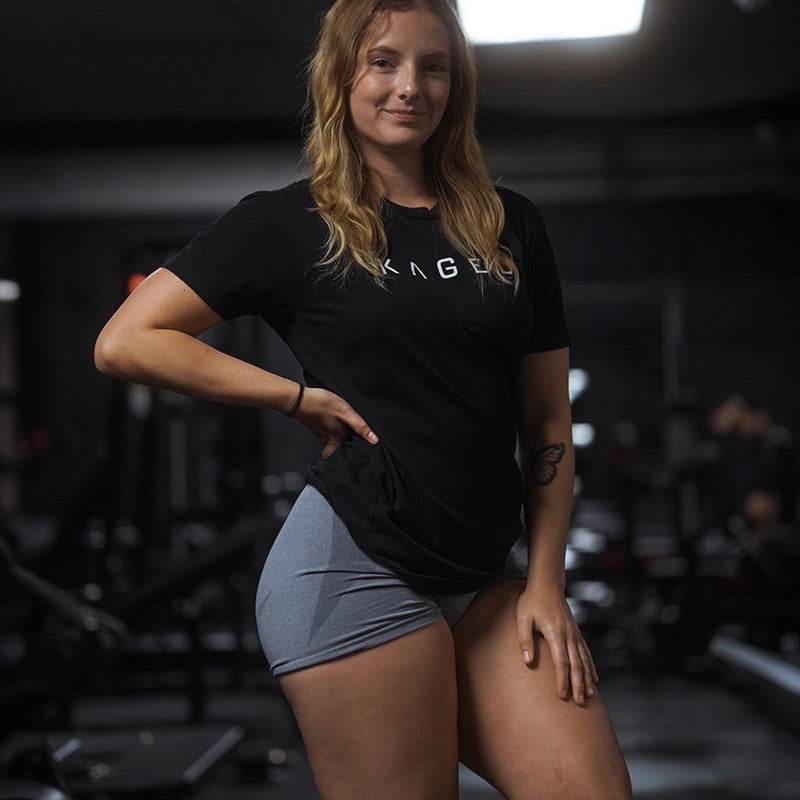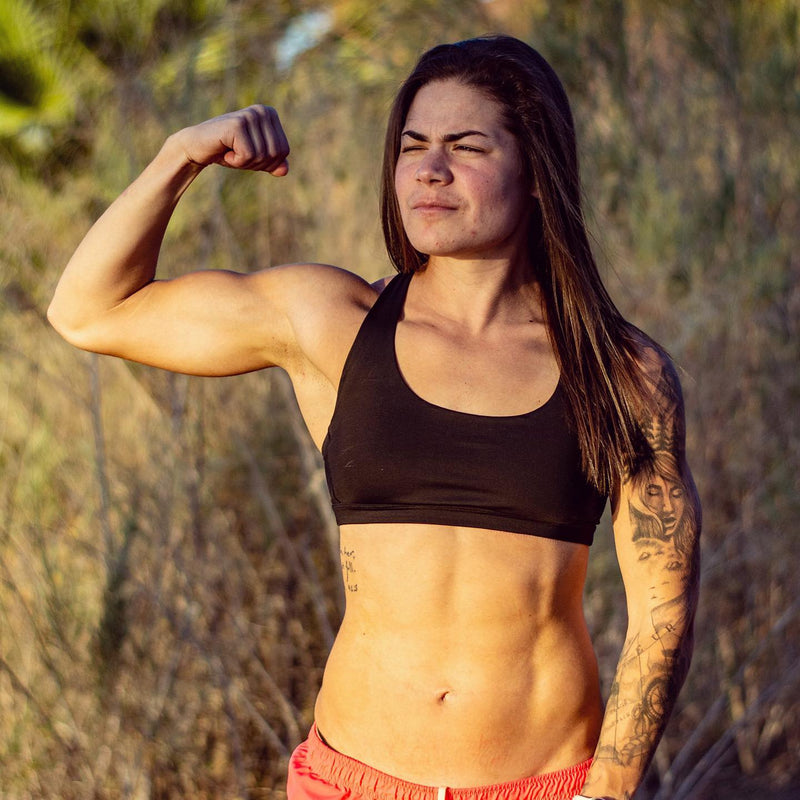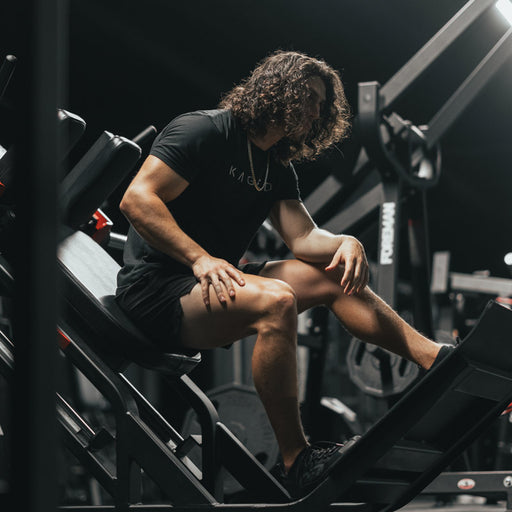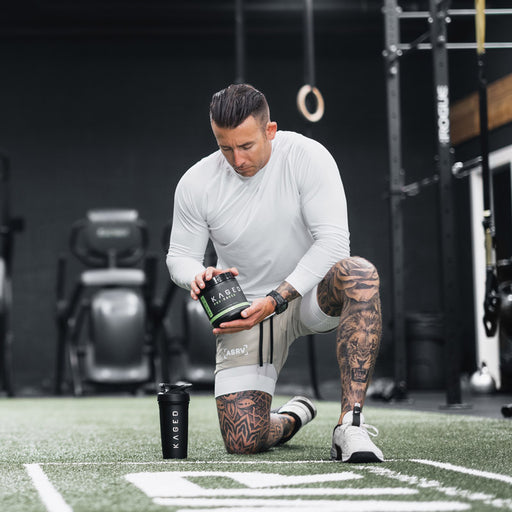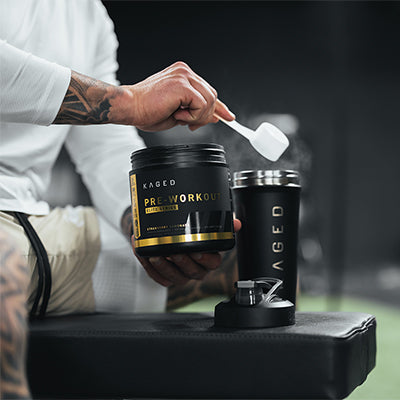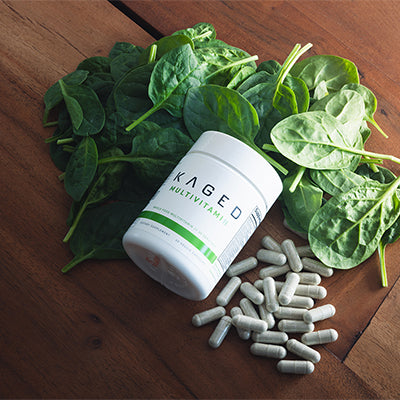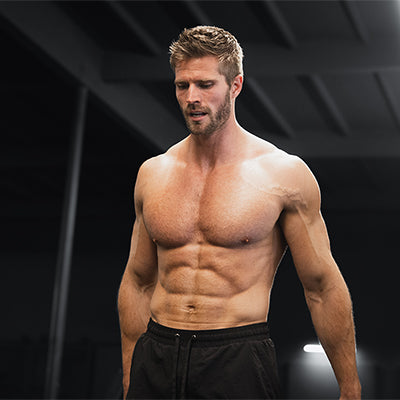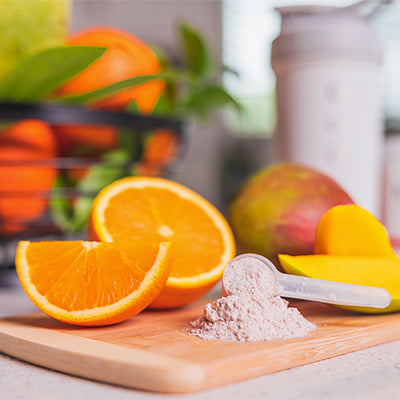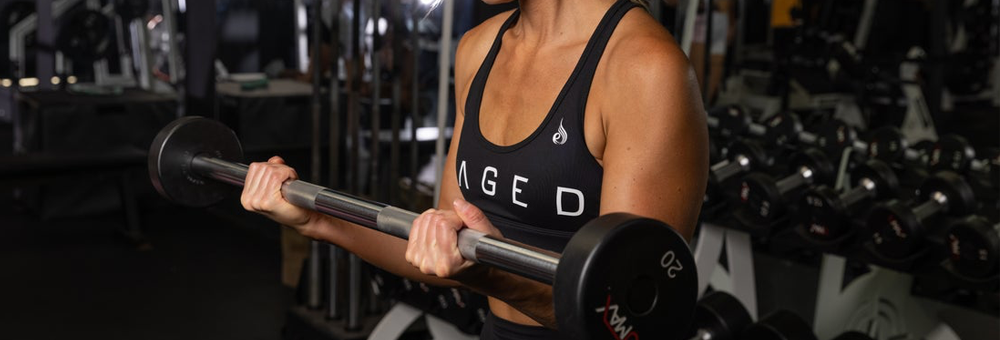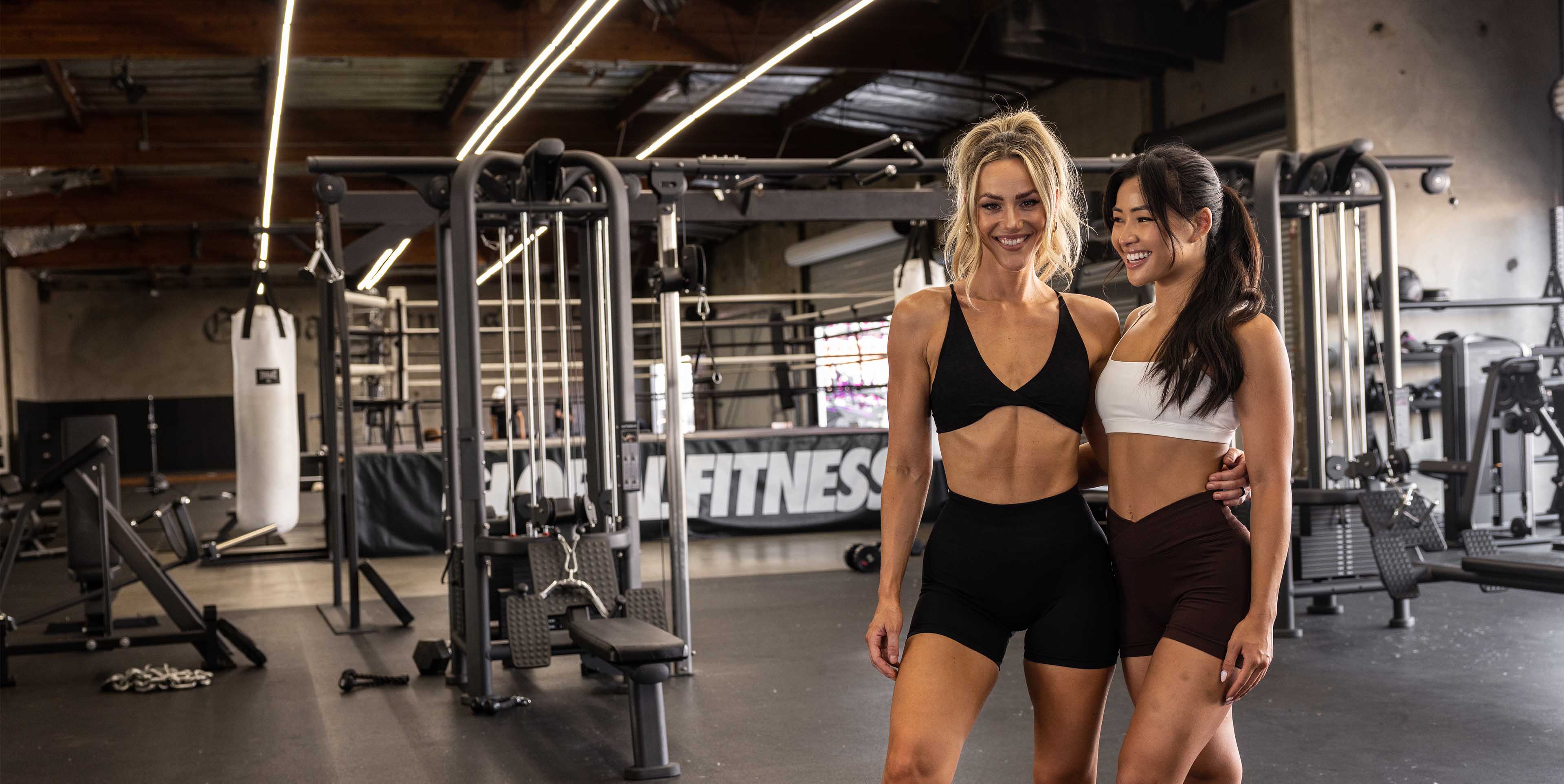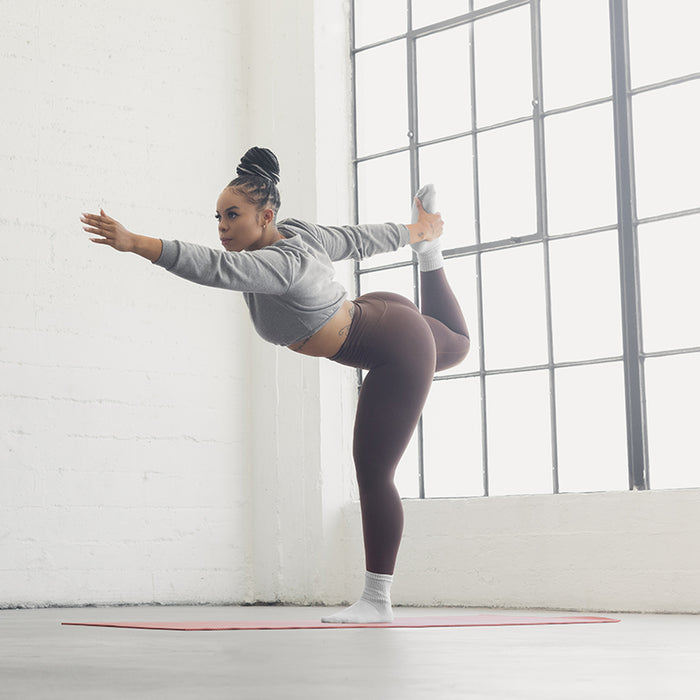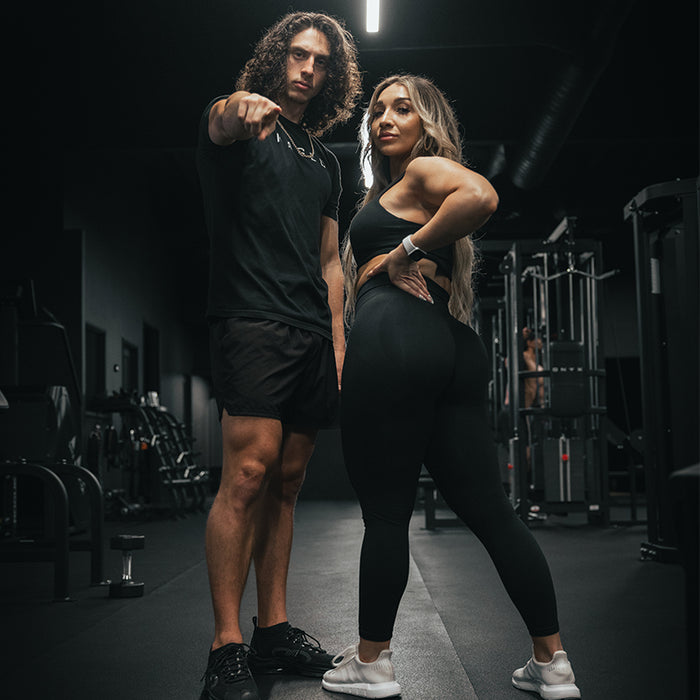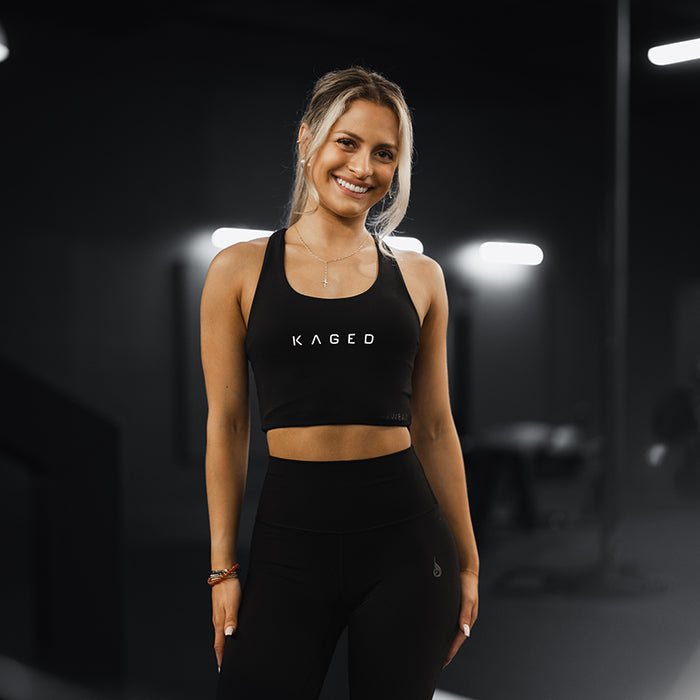As an ISSA certified personal trainer and avid gym goer I have heard just about everything. Here is a collection of some of the most common ‘gym myths’ people ask me about.
Myth 1: Lifting heavy will make you bulky.
Lifting heavy weights with proper form will help you build strength and muscle when eating in a high protein, calorie surplus. Building 'bulk' (or a lot of muscle) is not something that happens overnight. Muscle building is a slow process and you will get your body where you want it before it ever gets out of hand. Developing even a little muscle will give your body shape in the right places. The more muscle one carries the more efficient the body will be at burning fat. Resistance training is often a missing component of fat loss programs.
Myth 2: If you don't feel sore after lifting, it's not working.
Delayed Onset Muscle Soreness, known as DOMS, is that muscle ache you feel following intense workouts. It can present the day after a workout or several days. The cause of DOMS is believed to be microscopic tears in the muscle fibers and the body's inflammatory response. While some gym goers look forward to this muscle soreness it is not indicative of a 'good' workout. It most often occurs when muscles are subjected to a new kind of stress. Muscles can eventually adapt to the stress put on them and the soreness frequency and intensity will decrease. Muscle soreness that goes on too long can actually start working against one's progress.
Myth 3: Light weights/high reps is the best way to tone.
There really is so much thing as 'tone'. Our bodies can build muscle or lose muscle. Then we can decrease body fat so the muscle can be seen. When people are looking to 'tone' they probably want to have a little muscle shape in the right places and reduce body fat; not near to the degree of a bodybuilder, but just to slim and tighten their body. Lifting moderate weight with higher reps in the 15-20 rep range when combined with short rest periods can cause a calorie burning aerobic effect.
Myth 4: Lifting burns fewer calories than cardio.
Movement of any kind burns calories. What determines how many calories burned is the intensity of exercise and duration. Low intensity cardio will burn less calories than high intensity cardio and high intensity resistance training done with little rest. Resistance training can be done in HIIT (high intensity interval training) fashion and burn a tremendous amount of calories in a short period of time, even 5-10 minutes. If rest periods during weight lifting are long the cardio effect will decrease.
Myth 5: You’ll see instant results.
Exercising to build muscle and/or lose body fat in a healthy way is not a quick process. You should aim to lose body fat at an average of 1-2 pounds a week. Building muscle is an even slower process depending on gender and age. When one tries to lose weight too fast by under-eating, or trying a fad diet, they tend to slow their metabolism down and possibly lose muscle. They might lose weight at the beginning because they are eating less and healthier in general, but eventually they stall because a slower metabolism and loss of lean muscle works against fat loss. The extreme diets are also hard to do for long periods of time. It is best to develop good basic eating habits that become a lifestyle and are sustainable.
Myth 6: You need a gym to lift.
Exercise intensity is not found in a location, but resides in your mind and heart. You do not need a fully equipped gym to get some serious fitness results. A lot of progress can be made at home, or anywhere, using just body weight. Adding minimal equipment like a set of resistance bands, exercise ball, and light dumbbells to the mix can add to the variety and intensity while remaining inexpensive. Check out my home trainer for Kaged Here (https://www.kaged.com/blogs/trainers/michael-wittigs-krib-karnage).
Myth 7: Lifting weights will stunt your growth (or make you taller).
Sadly exercising cannot make you taller. The length of our bones and ultimately height is based on genetics. So if you are shorter than you would like blame goes to your parents. It is possible that being malnourished as a child could cause one to not reach their full genetic height potential. There is little research to indicate that weight lifting can stunt your growth. It is possible that a youth could injury themselves lifting weights improperly and damage a growth plate. It would not be the exercise that causes the injury, but not using proper form. Young children should learn to exercise with body weight exercises like crunches, push ups, squats, etc. A young teen can then start using weights, but it's recommended to keep the weights light, reps higher, and concentrate on teaching them strict form. Children should always be supervised around gym equipment.
Myth 8: Lifting weights will make you lose/gain weight.
Lifting weights on its own would have little effect on weight gain or loss without proper nutrition based on one's goals. To lose weight, presumably body fat and not muscle, a person would need to consume less calories than exerted. It takes a reduction of 3500 calories to drop a pound of fat. Lifting weights while eating in a calorie deficit can help retain lean muscle mass which will help the fat burning process. If someone is looking to build lean muscle (gain weight) they would want to eat in a high protein, moderate-to-high carb calorie surplus combined with a progressive weight lifting program. So weight lifting can help build muscle and/or lose body fat depending on nutritional intake.
Myth 9: Lifting weights burns belly fat.
One cannot target fat loss in specific areas with exercise and weight lifting. Ab work does not reduce belly fat. Squats cannot burn cellulite off the booty. Body fat can be reduced with the combination of eating in a clean calorie deficit, resistance training to build lean muscle which helps the body burn fat more efficiently, and cardio to help burn additional calories and general heart health.
Michael Wittig, ISSA CPT
Certified Nutritionist
IPE Natural Pro 5x Champ
Master World Champion
Kaged Athlete
All socials: @WittigWorks
WittigWorks.com

